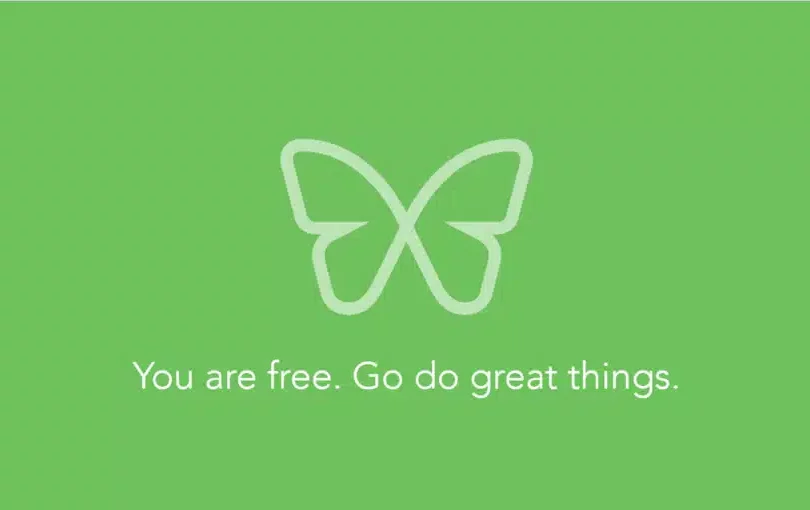How to Maintain Your Sanity While Working in a Group

How to thrive while working in a group
While at school, when a professor or teacher announced a group project – I cringed. It’s not that I was an introvert or hated collaborating with others, but rather that my experience with group work in the past taught me to fear it. Too often my group projects had turned into uneven workloads, nightmare group messages, misunderstandings, unorganized time management, and cramming.
For me, group work almost always meant twice the work with all the added elements of finding suitable meeting times, dividing up the work, deciding who does what, and then constantly checking in on everyone to make sure the work is being done. In many cases, the collaboration itself was often more work than the project at hand.
Without clear objectives, communication, and division and delegation of the work, group projects quickly become a time-eating productivity nightmare. Luckily, I found a solution – and it’s free!
Meet Trello. Trello is an online organizational tool for task and project management. Trello diminishes the pain points of group work by providing a simple visual solution for planning and organizing collaborative projects.
Trello’s concept is based on the Kanban system originally created by Toyota employees to keep production levels high and maintain efficiency and flexibility. In its simplest form, Trello can be described as a digital whiteboard with cards or sticky notes that represent individual tasks that need to be completed. These cards are then organized into lists or categories.
To simplify, let’s use a concrete example. Let’s say you and three friends are given the project of planning a holiday party.
The solution: Trello!
To start, you create a new Trello board for the project and give it the original name of “Holiday Party.”

Next, you decide to create lists that will represent each stage of progress in the party planning process. For example: “To-do,” “In progress,” “Completed,” and “Blocked.”

Now it’s time to create cards for each individual task that needs to be accomplished in order to make the holiday party a success. For example: “Create guest list,” “Design Invitations,” “Send Invitations,” “Buy Food,” “Buy Decorations,” “Research Venues.”

Once cards are created for all tasks of the project, Trello allows you to easily give each task a description, assign cards to group members, create progress checklists for each card, set due dates, and add comments.

After assigning due dates and group members to each task, each member can begin to update their progress on each task – eliminating the need for annoying status meetings and long email threads.

And just like that, the nightmare of group work and communication is gone. Projects are easily broken down into manageable chunks, work is easily delegated and divided among members, deadlines are set and easily visible, progress is tracked, and each member is held accountable for their part. The need to coordinate schedules is minimized, status meetings and annoying email chains and group messages are eliminated, and communication becomes as simple as leaving a comment.



